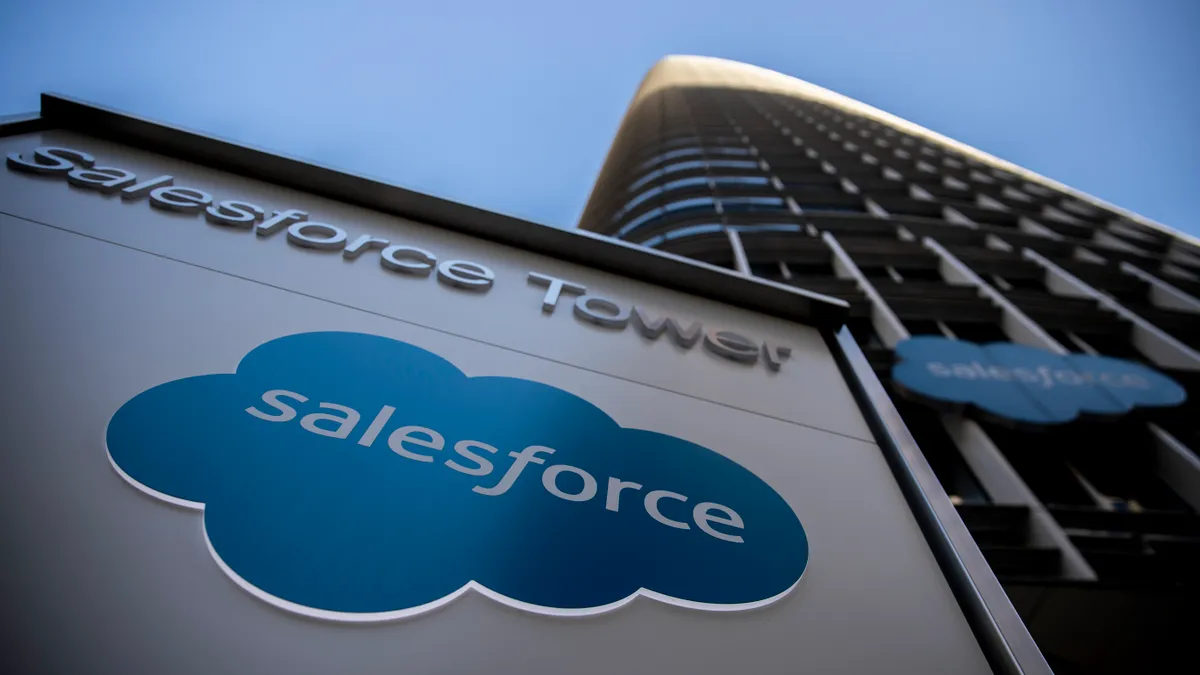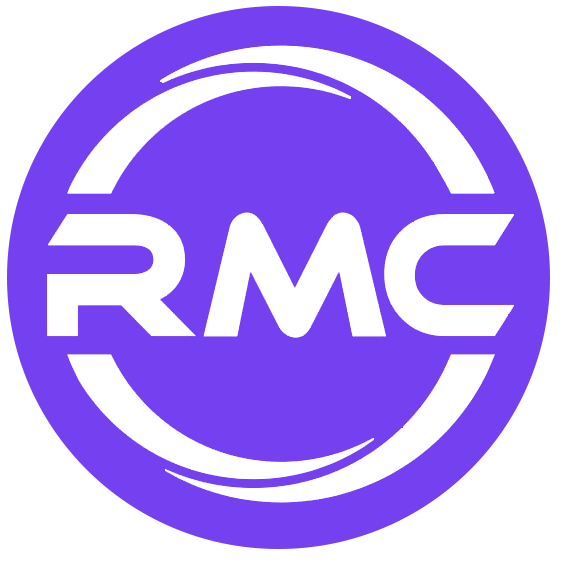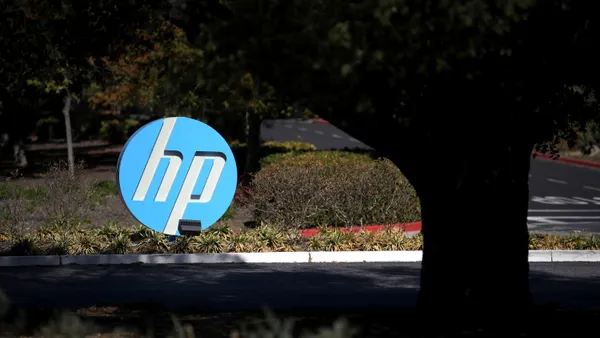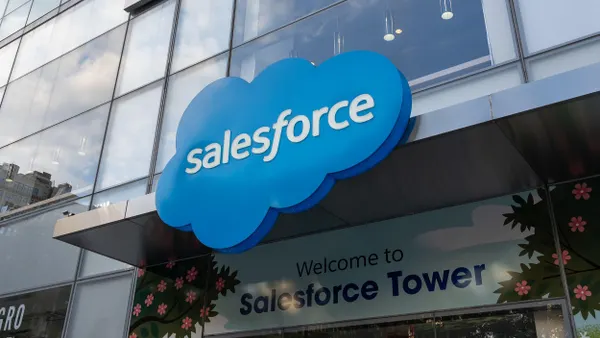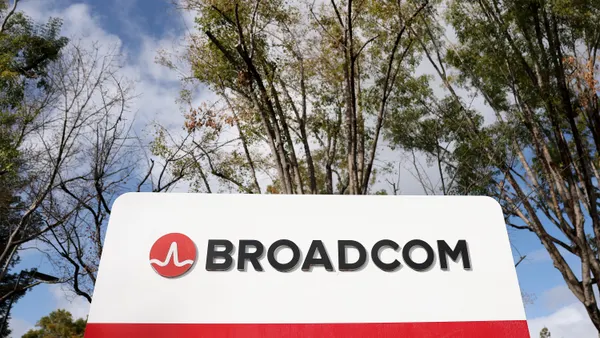Dive Brief:
-
Enterprise customers often misunderstand the difference between Software Asset Management (SAM) and Compliance Audits, according to a Microsoft blog by Patama Chantaruck, general manager of Worldwide Software Asset Management and Compliance at Microsoft.
-
SAM programs are voluntary and set around "industry standards that help customers gain data insights, optimize licensing, minimize risks and be more productive with their IT investments," according to Chantaruck. But a compliance audit, on the other hand, is a "mandatory review" of how companies are using Microsoft product and services to make sure customers are in compliance with the company's license and to "protect Microsoft intellectual property rights."
-
Compliance verifications are initiated across less than 5% of Microsoft’s licensing customers worldwide, according to Chantaruck.
Dive Insight:
Microsoft is clarifying licensing agreements to ensure customers understand product interactions. While a SAM is intended to help customer use Microsoft products more effectively, the compliance audits are a larger investment of time and resources for a customer.
Enterprise Agreement customers can expect to be audited about once every three years, according to Emerset Consulting Group. The financial burden of the audit lies almost entirely on the customer. If a company is using 5% more product than they have licensed, the customer may have to pay the full retail price for all unlicensed products.
Companies using Microsoft products may want to periodically consider reviewing product use to ensure they are within license agreements. Those that don’t could find themselves dealing with an audit, a painful and potentially expensive process.





